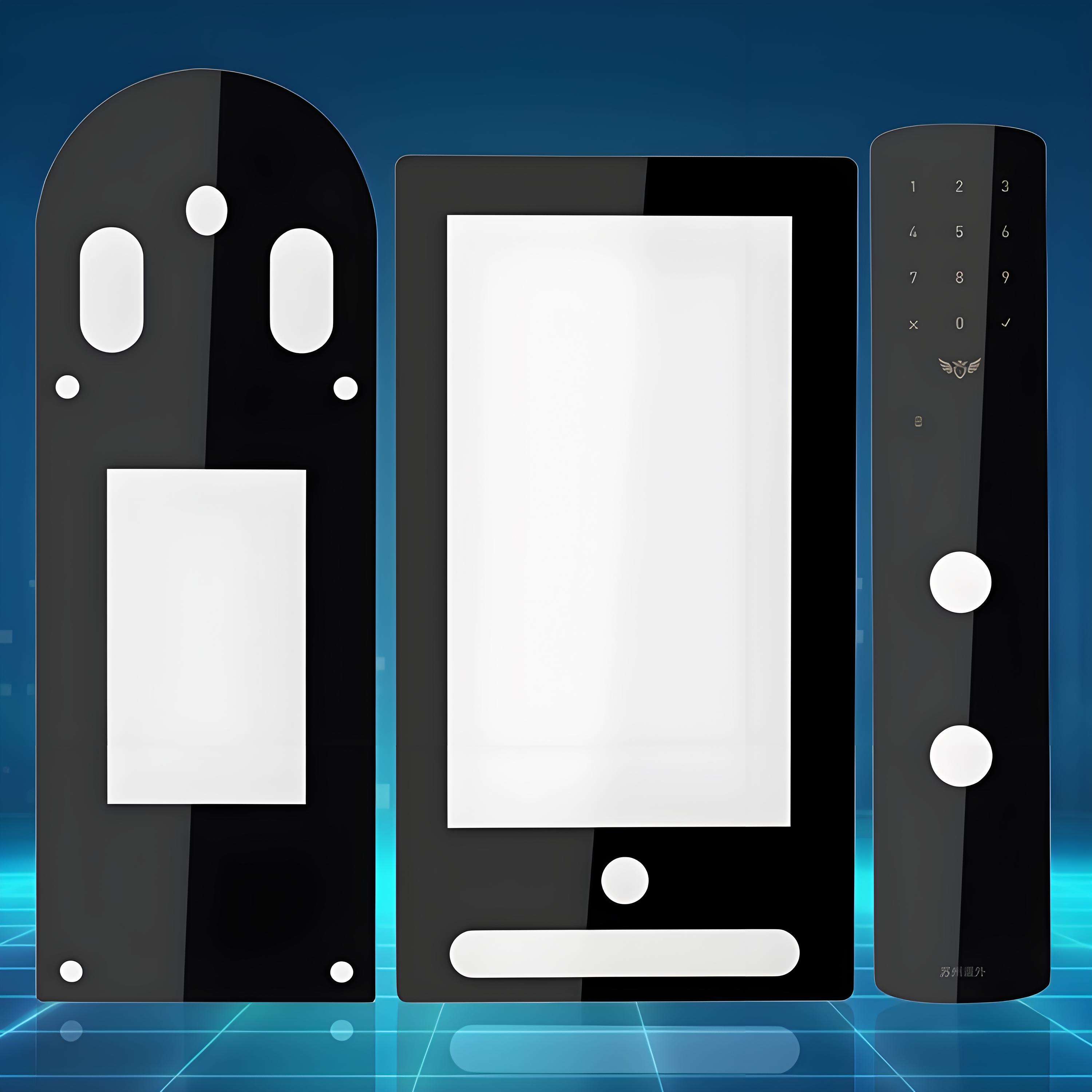types of smart glass
Smart glass technology represents a revolutionary advancement in architectural and automotive design, encompassing several distinct types that serve various purposes. Electrochromic smart glass uses voltage to change its transparency level, allowing users to control light transmission and privacy with a simple switch. Suspended particle devices (SPD) contain microscopic particles that align when electrically charged, enabling rapid transitions between clear and dark states. Polymer dispersed liquid crystal (PDLC) technology operates by manipulating liquid crystals to switch between transparent and opaque states instantly. Thermochromic smart glass responds to temperature changes, automatically adjusting its tint level to optimize energy efficiency. Photochromic variants react to light intensity, similar to transition eyeglasses. Each type offers unique advantages in different applications, from commercial buildings and residential spaces to automotive and aerospace industries. These innovative materials can significantly reduce energy consumption, enhance privacy control, and improve overall comfort while maintaining aesthetic appeal. The technology continues to evolve, with newer versions incorporating features like UV protection, sound insulation, and enhanced durability.


